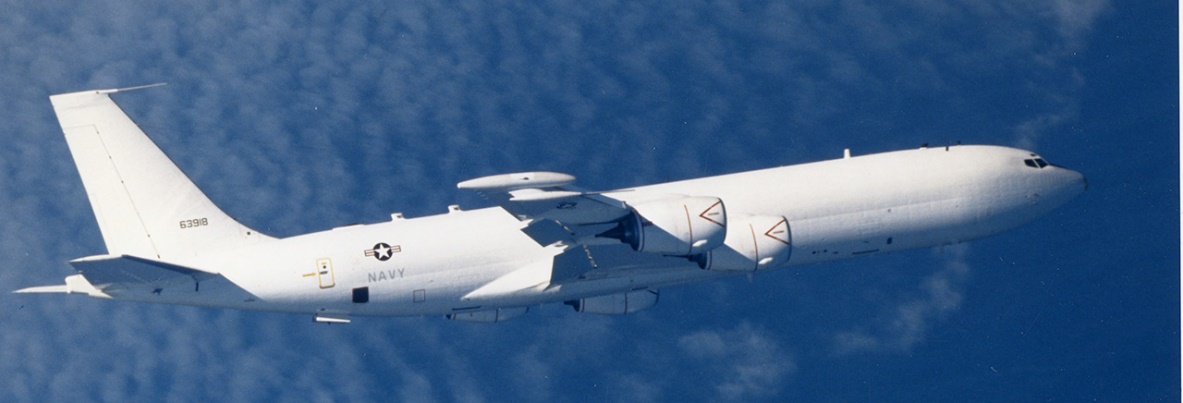USN Command Ships
The United States Navy is a massive organization with ships and aircraft plying every corner of the globe. To control this organization from one or two static locations would be difficult and demanding, plus risk nuclear obliteration in the event of a doomsday scenario. Therefore, a Command and Control network was established based on numbered Fleets.
This is a snapshot view of Fleet Areas of Responsibility (AOR) in the Northern Fury world, historically these were different by 1994 but this represents how the world has changed.
In order to command these widely dispersed fleets the USN uses Headquarters which are ‘Afloat’ in Command Ships. These are much more capable then a traditional ‘Flag Ship’ and are either purpose built (LCC – Amphibious Command Ship) or converted from other types (AGF – Miscellaneous Command Ship). In the days when digital communication was in its infancy, computing power was archaic compared to today
- these ships were the most advanced communications platforms in the world.
Numbered fleets were routinely commanded by a Vice Admiral (3*), or Rear Admiral (Upper half) (2*). 2nd Fleet headquartered in Norfolk Virginia was double tasked as commanding all NATO forces in the North Atlantic in times of War – Commander Striking Fleet Atlantic (COMSTRIKFLTLANT) was always commanded by a senior 3* Admiral.
2nd Fleet: Commanded from Norfolk Virginia in peacetime but its ‘Afloat’ HQ is on board USS Mount Whitney (LCC-20). As COMSTRIKFLTLANT, the commander was responsible for all NATO forces in the Atlantic that were released for operations by Commander in Chief Atlantic (CINCLANT) once they’d been declared by their national government, or in the case of US forces by US Fleet Forces Command.
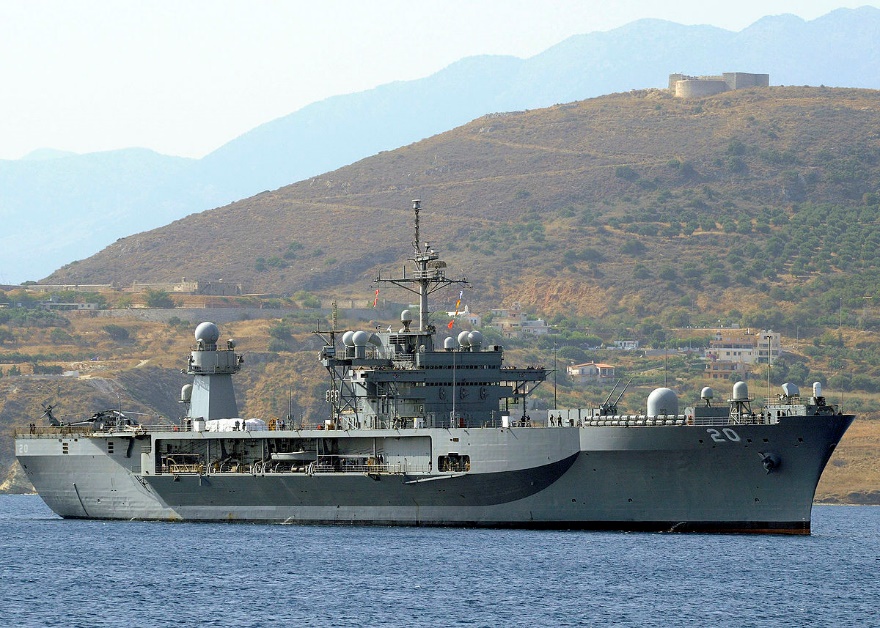
3rd Fleet: Permanently located ashore at San Diego California.
4th Fleet: Will be established at Tampa Bay Florida shortly after the war starts and will be responsible for the seas around South America and everything south of the Tropic of Cancer in the Atlantic, including the west coast of Africa and from Cape Town South Africa to Antarctica.
5th Fleet: This fleet was deactivating after its heroic World War Two actions but was reactivated to control activity in the Indian Ocean, Persian Gulf and Red Sea areas in Dec of 1993 (July 1995 historically). With an HQ in Bahrain, sharing the Royal Navy Base at HMS Jufair in the port of Manama. In order to maintain mobility and communications the Command Ship USS Coronado (AGF-11) has deployed to be the Flagship of 5th Fleet. The Coronado was originally an Austin Class Amphibious Platform Dock (LPD).
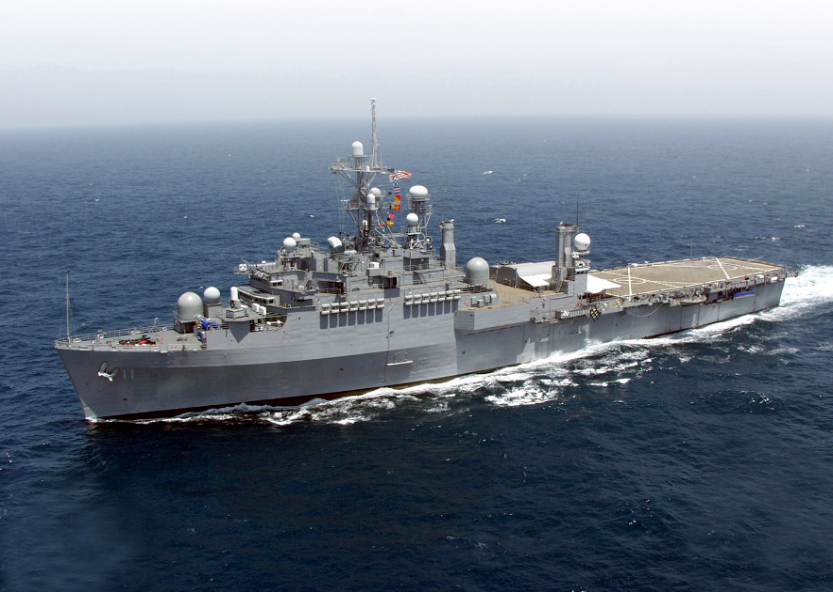
6th Fleet: With its HQ in Naples and a major logistic operation at Rota Spain, is responsible for the Mediterranean and Black Seas. 6th Fleet is double hatted as NATO’s Naval Striking and Support Forces Southern Europe (STRIKFORSOUTH), and in war will coordinate the activity of all NATO naval forces in the region. The ‘Afloat’ Command Ship is USS La Salle (AGF-3) which has just competed a major refit and assumed these duties on 1 Jan 94 (10 months earlier than she did historically).
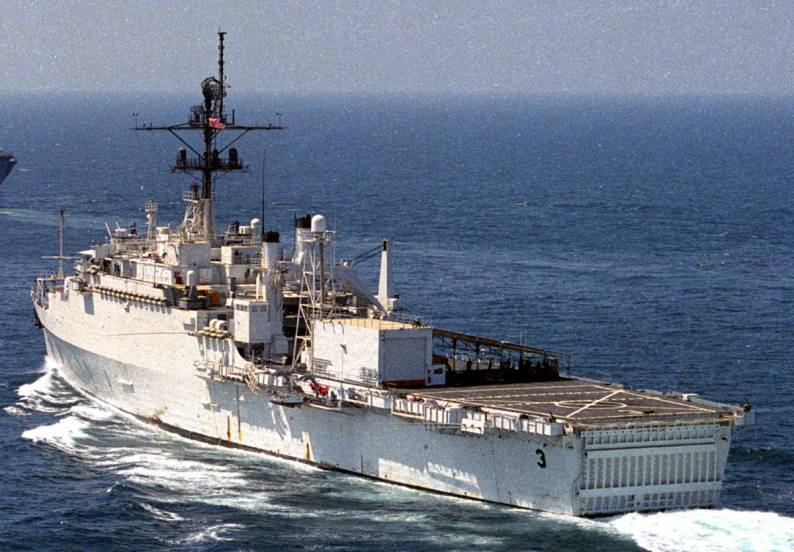
7th Fleet: Of all US Navy fleets is the only one with a forward deployed Aircraft Carrier Battle Group (CVBG) and Marine Expeditionary Force (MEF) permanently established. 7th Fleet is located in Yokosuka, Japan. With responsibility for the Pacific and Indian Oceans west of the International Date Line to include South Korea, Australia, Japan and most of the African Coast, this is the largest deployed USN force. The Command Ship is USS Blue Ridge (LCC-19)
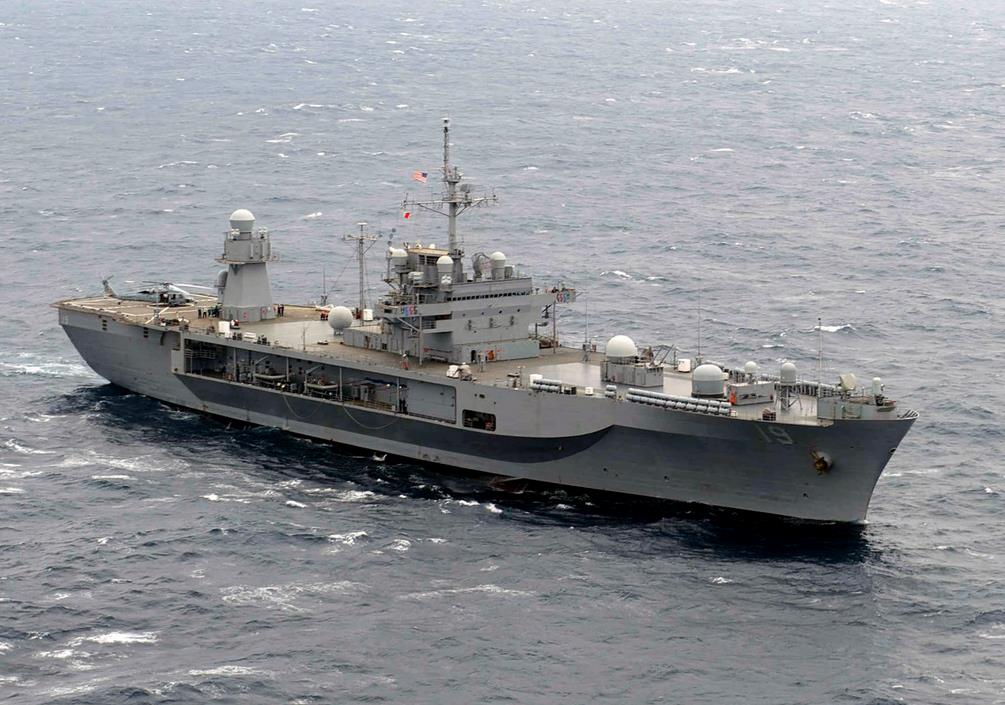
Communications: One of the key aspects to enable Command and Control (C2) is Communications (C3), and to assist in this regard the USN has two Squadrons of E-6A Mercury aircraft. These are heavily modified Boeing 707’s operated by Fleet Reconnaissance Squadron 3 and 4 (VQ-3 & VQ-4) each with eight aircraft located Tinker Air Force Base in Oklahoma. These aircraft are part of the TACAMO (Take Charge and Move Out) program to ensure communications between the National Command Authority and the fleet Ballistic missile submarines. However, the communication systems on board these aircraft fulfill a much wider role and enable global secure communications to the fleet. At least two of these aircraft are airborne at any time, day or night, 365 days a year.
